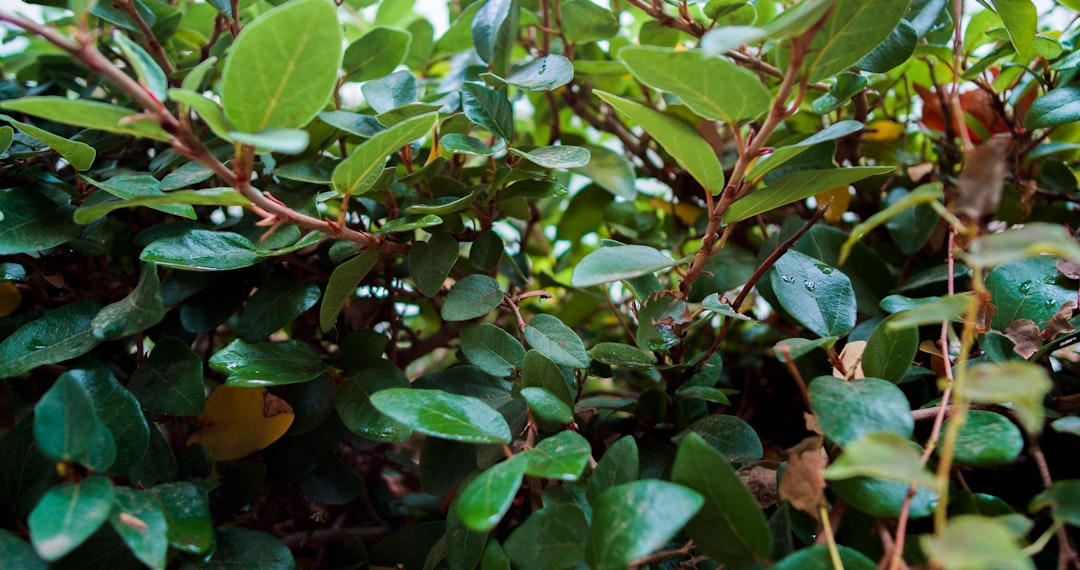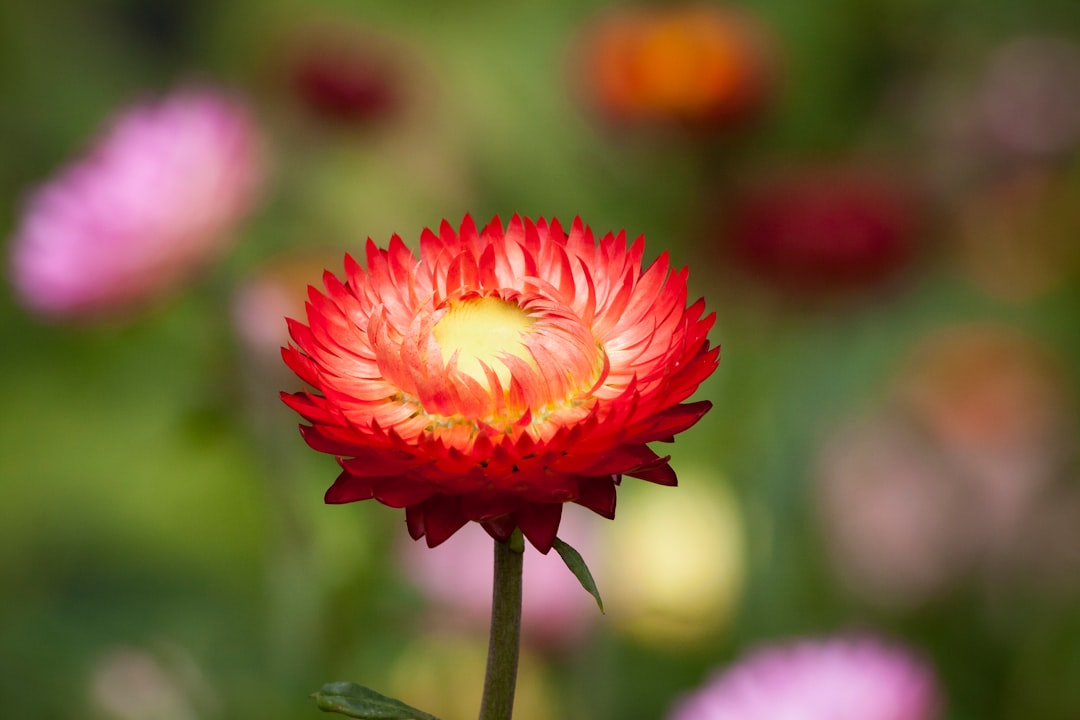Indoor gardening has become a popular trend in recent years, and growing lavender indoors is a particularly rewarding endeavor. Lavender not only adds a touch of beauty to your living space with its vibrant purple flowers and delicate fragrance but also offers numerous benefits, such as stress - relief and relaxation. In this article, we will explore the steps and basic conditions required to grow lavender indoors using cuttings, ensuring a continuous supply of these lovely plants.
First and foremost, let's understand the basic conditions that lavender needs to thrive indoors. Lavender is a Mediterranean plant, which means it loves sunlight. Place your lavender plant near a south - facing window where it can receive at least 6 - 8 hours of direct sunlight per day. If natural sunlight is limited, you can also use grow lights. LED grow lights are a great option as they can provide the right spectrum of light for plant growth and are energy - efficient.
Temperature is another crucial factor. Lavender prefers a relatively cool environment during the night, around 50 - 60°F (10 - 15°C), and a warmer temperature during the day, between 65 - 75°F (18 - 24°C). Maintaining this temperature range will help the plant grow healthily. Avoid placing the lavender near heat sources like radiators or air vents, as sudden temperature changes can stress the plant.
When it comes to soil, lavender requires well - draining soil. A good mix would be a combination of potting soil, sand, and perlite. The sand and perlite help improve drainage, preventing the roots from sitting in water, which can lead to root rot. You can also add a small amount of lime to the soil to increase its alkalinity, as lavender prefers slightly alkaline soil.
Now, let's talk about using cuttings to grow lavender. Taking cuttings is an easy and cost - effective way to propagate lavender. Start by selecting a healthy, non - flowering stem from an existing lavender plant. The stem should be about 3 - 4 inches long. Use a sharp, clean pair of pruning shears to make a clean cut just below a leaf node.
Remove the lower leaves from the cutting, leaving only a few at the top. Dip the cut end of the stem in rooting hormone powder. This will encourage the cutting to develop roots more quickly. Then, plant the cutting in a small pot filled with the well - draining soil mix we mentioned earlier. Water the cutting gently, making sure the soil is moist but not waterlogged.
To create a humid environment for the cutting, you can cover the pot with a plastic bag or a clear plastic dome. This will help retain moisture and increase the chances of successful rooting. Place the pot in a warm, bright location, but out of direct sunlight until the cutting starts to show signs of new growth.
Once the cutting has developed roots, which usually takes about 2 - 3 weeks, you can remove the plastic covering. At this point, you can start treating the new lavender plant like a mature one. Water it regularly, but allow the soil to dry out slightly between waterings. Over - watering is one of the most common mistakes when growing lavender, so be careful not to let the soil stay wet for too long.
Fertilizing is also important for the growth of lavender. Use a balanced, slow - release fertilizer once a month during the growing season (spring and summer). However, be careful not to over - fertilize, as this can lead to excessive foliage growth at the expense of flower production.
Pruning is an essential part of lavender care. Regular pruning helps keep the plant bushy and encourages more flower production. After the lavender has finished flowering, trim back about one - third of the plant's growth. This will also help maintain its shape and prevent it from becoming leggy.
In conclusion, growing lavender indoors using cuttings is a fun and rewarding activity. By meeting the basic conditions of sunlight, temperature, soil, and proper care, you can enjoy a continuous supply of lavender plants in your home. Whether you use the lavender for its beautiful flowers, its calming fragrance, or even for culinary purposes, having your own indoor lavender garden is a wonderful addition to any living space.




















